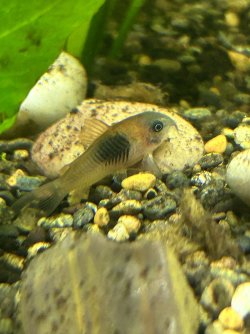Fish Fanatic34
Fish Fanatic
I currently have 3 Venezuelan corys and am looking at getting more to improve there happiness and I have read the mixing species is not ideal but I am wondering if I mix Black Venezuelan Corys with normal Venezuelan corys if they will shoal and make them happier.



